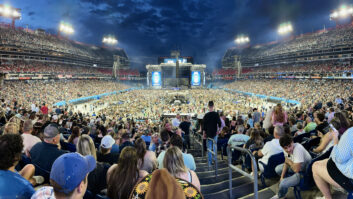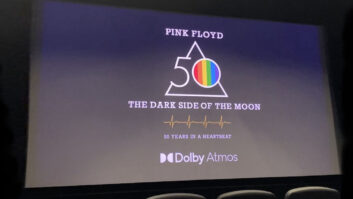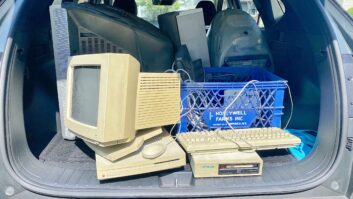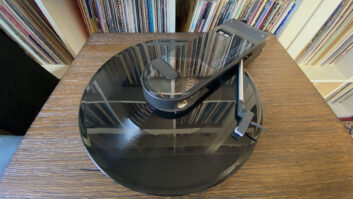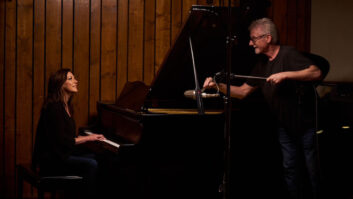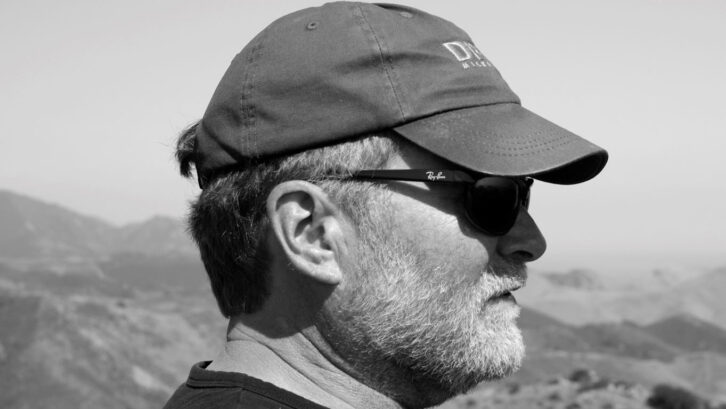
I am an avid reader, and I have been since age 4. I read headlines, news stories, magazine articles, plaques on the trail in National Parks, those little descriptors next to artwork on a wall, short stories, literature, the instructions on a ticket machine, nonfiction works on the making of the railroad, long novels, crime thrillers and a healthy dose of sci fi-fantasy when I need a break from the day-to-day.
The thing I most like about reading is the element of surprise. Like a film I’ve been wanting to see, a new album about to be released or an exhibit set to open at the Oakland Museum of California, the anticipation of a good story, whatever the medium, is half of the magic. As I got older, I learned that the other half of the magic comes in the aftermath, in the days following my consumption of a particularly good book (or film, or song), when that story makes me think. The best pieces of art linger, whether you know of them in advance or they come to you by way of chance.
I remember a column by the sportswriter Bill Simmons from years ago, where he wrote of waking up on the day of Game 7 of the Stanley Cup Finals, then throughout the day sharing the chills, excitement and anxiety with his 7-year-old daughter before they headed to Staples Center to cheer on their beloved L.A. Kings. He went on to describe the pain of loss, and how he attempted to mollify his heartbroken daughter, then circled back to the original joy they experienced together. It wasn’t about the win or the loss, he concluded, it was about that spirit and excitement of waking up and thinking, “It’s Game 7, and here we are. We are in the game.”
Likewise, I recall a column by Al Martinez in the Oakland Tribune called “Get the Kid His Peaches,” which, after I read it, altered my sense of journalism in a meaningful way. It still does today. (Google it; you won’t be disappointed.)
It’s the same for David Foster Wallace’s famous commencement speech at Kenyon College in 2005, dubbed “This Is Water,” which I’ve played back countless times since a friend first sent it my way. Every May, I forward an unnamed link to my daughters, to remind them about the importance of leading a compassionate life. They sometimes respond with the electronic equivalent of an eye roll, with the note “DFW, dad?” I’ll keep sending it because his address made me think; it keeps making me think. Molly and Jesse, I know, are thinkers, too. Deep down, I tell myself, they are glad that I keep sending it. It’s a world view we share, and it’s a piece we’ve come to treasure, as if we’ve made it our own story.
In my 30-plus years at Mix, I’ve read every single word that made its way to print. Some are here and gone, some stick with me and make me smile, some make me think for days or weeks or years. The subject doesn’t matter. It could be the introduction of a new product that I can tell will change the game, or it might be an obscure artist profile that makes me want to purchase the album, then go back and buy the collected works. It might be a trend story, harking back to the days of the transition from analog to digital. Often, the words come from a columnist.
In editing this month’s issue, I experienced a similar rush, one that started creeping into my head and building steam, a few days after reading Craig Anderton’s November column, “The Vast Wasteland of Artist Development.” While his comparison of the music industry to the film and television industries is not new, his connection to who is responsible for the lack of artist development got me thinking about recording and mix engineers. As we continue on this two-steps-forward-one-step-back approach in transitioning from a left-right world into an immersive one, who is looking out for the audio engineer? Who is helping them with education and support?
It’s not the labels, who have been known to offer minimum wage for an Atmos remix of a platinum-selling record. It’s not the streaming services, which seem to gladly take on the role of record store and radio station at the same time, raking in the profits of distribution without the costs of development. And it’s not Big Tech, which seems to have said, “Sorry, music industry, you’re on your own in figuring this out.”
When DTS debuted with the premiere of Jurassic Park, the company sent CD-ROM drives at half-price to every theater exhibitor showing the film, and representatives were on the dub stages while the re-recording mixers began learning 5.1. When Atmos first appeared in 2012, Dolby educated Hollywood by going into the machine room, sitting down with mixers, and subsidizing the additional mix costs in getting the first 100 or so titles out the door and into theaters.
That’s not happening in music, and I’ll be thinking about all the whys and wherefores in the weeks and months ahead. All because of something I read.
